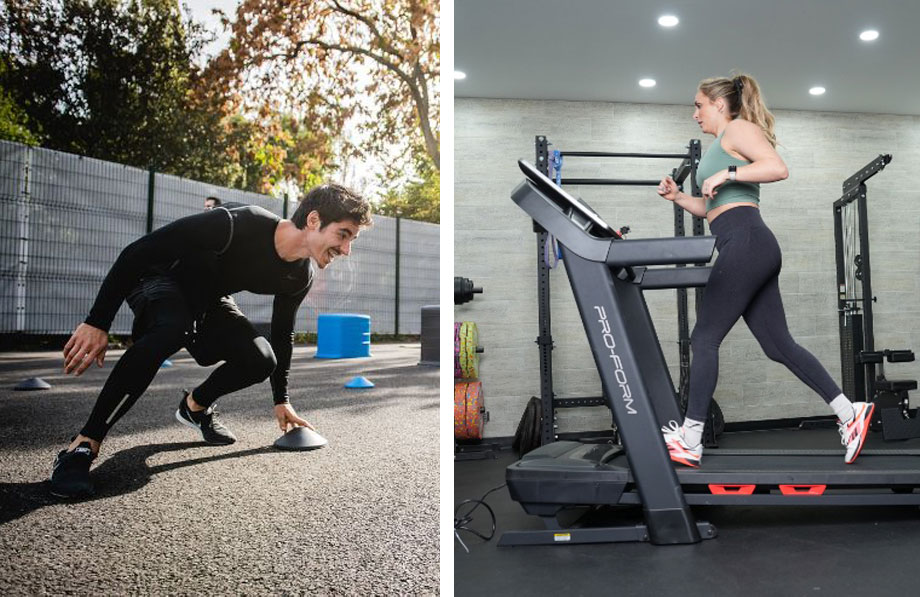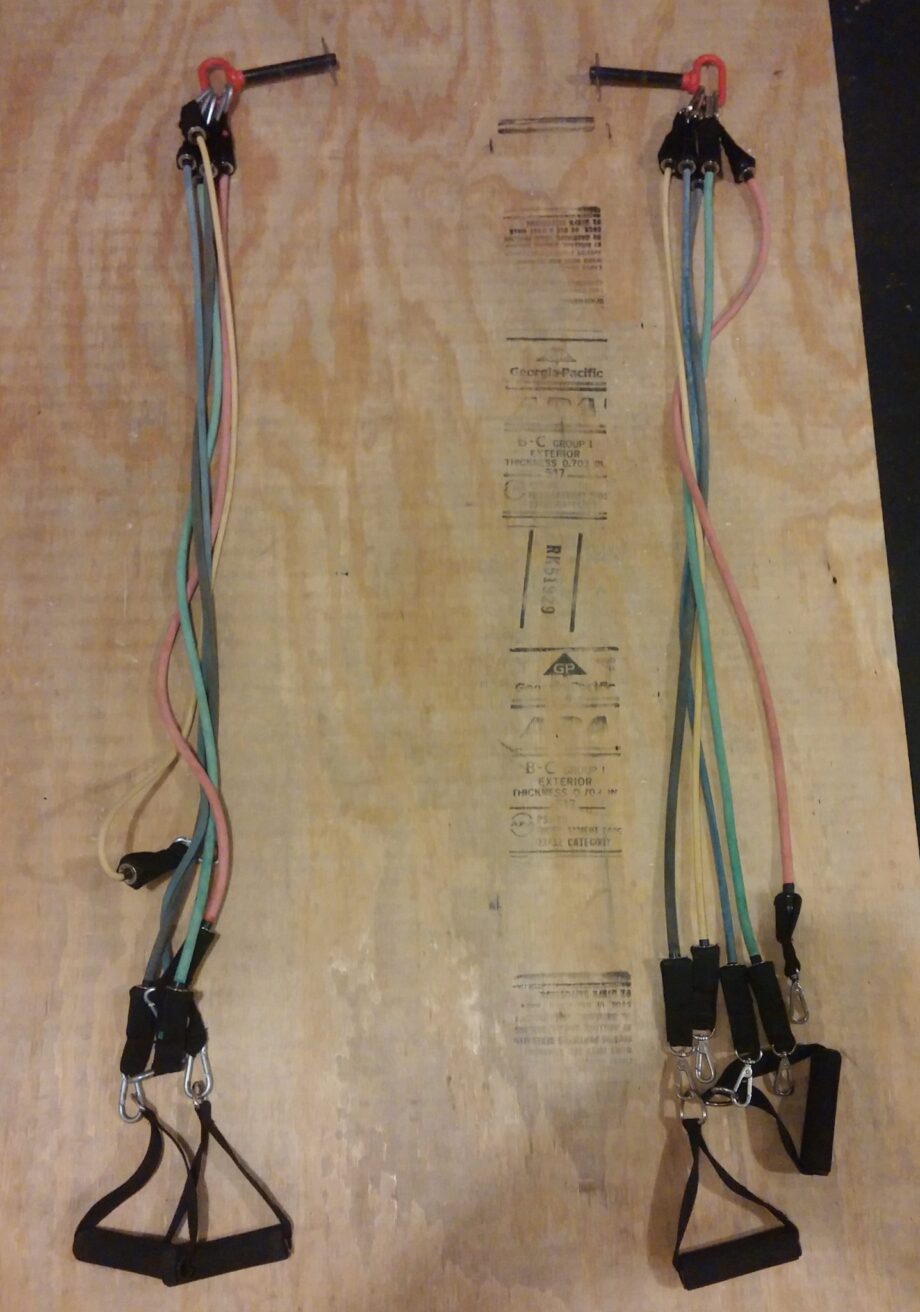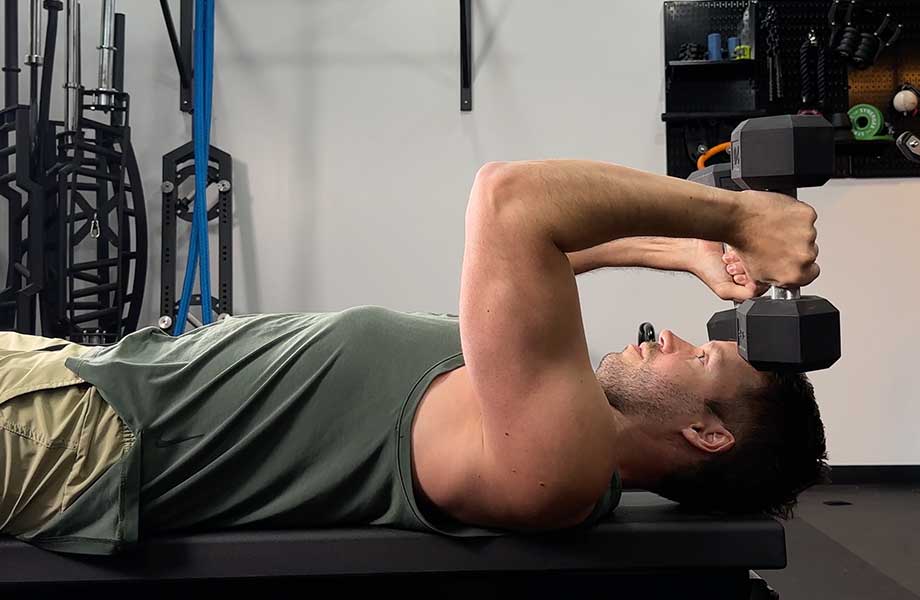In the fitness scene, you’ll often hear the terms stamina and endurance tossed around interchangeably; however, they can be pretty different regarding your cardio performance and energy levels. Understanding the difference between stamina and endurance is the key to fine-tuning your workouts to reach your fitness goals. Stamina refers to the ability to perform high-intensity effort over a short period, while endurance is about sustaining a consistent effort over a longer duration. This distinction is vital for athletes and fitness enthusiasts aiming to improve their athletic performance in various activities, from sprint workouts to HIIT treadmill workouts to long-distance running.
As a certified strength and conditioning specialist (CSCS), I’ll explore the nuances of stamina and endurance and how you can apply these concepts to your training program, then share helpful strategies for building each to enhance your overall physical performance and accomplish your goals. Let’s go!
Examples of Stamina vs Endurance
It can be tricky to tell the difference between stamina and endurance since people often mix them up in the fitness world. Before diving into the deep end, I’ve compiled a quick chart highlighting distinctions between the two styles.
| Stamina | Endurance | |
| Exercise | Sprinting, HIIT workouts | Long-distance running or cycling |
| Training style | High-intensity bursts | Steady-state |
| Sports | Football | Distance running |
| Duration | Short bursts, typically under 2 minutes | Prolonged activity, typically over 30 minutes |
What Is Stamina?
Stamina refers to your ability to sustain high-intensity effort (HIIT workouts, anyone?) for a shorter period. It’s all about how hard you can go before you need to rest. Think of it as your body’s capacity to perform a powerful, quick burst of activity. Sprints, med ball throws, slams, kettlebell swings, or even Olympic weightlifting performed for repetitions are great examples of stamina-based activities.
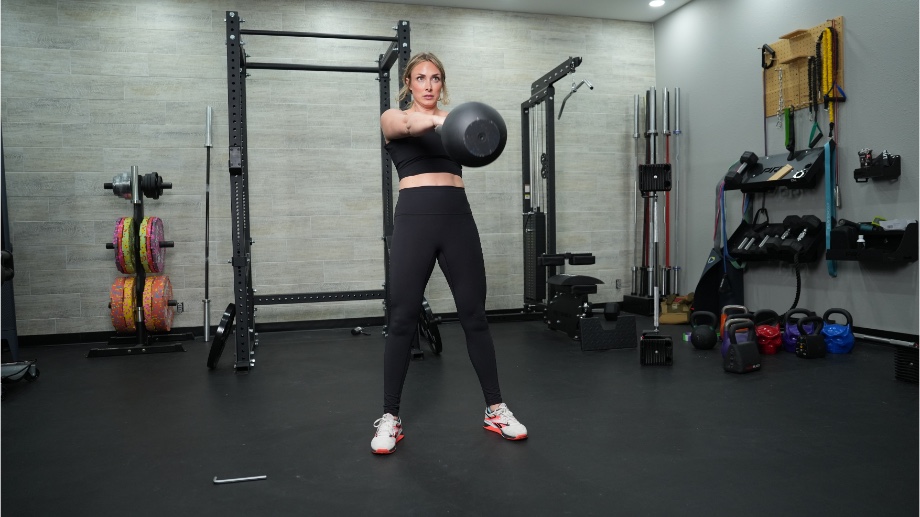
Since stamina training features short bursts of high-intensity effort, you’ll be tapping into your anaerobic alactic (atp-cp) energy system (high intensity—short duration/bursts) and anaerobic lactic (glycolytic) energy system (high to medium intensity).
RELATED: Benefits of HIIT
How To Build Stamina
Building up your stamina involves incorporating exercises that push you to your limit in a short time frame. The best stamina workouts will utilize work-to-rest ratios ranging from 1:2 to 1:5. If you’re using ballistic, power-based exercises, you can use ratios as large as 1:12 to 1:20.
RELATED: Explosive Workouts
High-intensity interval training1 sessions may flip the script and use ratios close to 2:1. High-intensity interval training (HIIT), sprinting drills, and weightlifting sessions with short rest periods are excellent methods to build stamina. These workouts help increase your anaerobic capacity, allowing you to perform at your peak effort for longer before fatigue sets in.
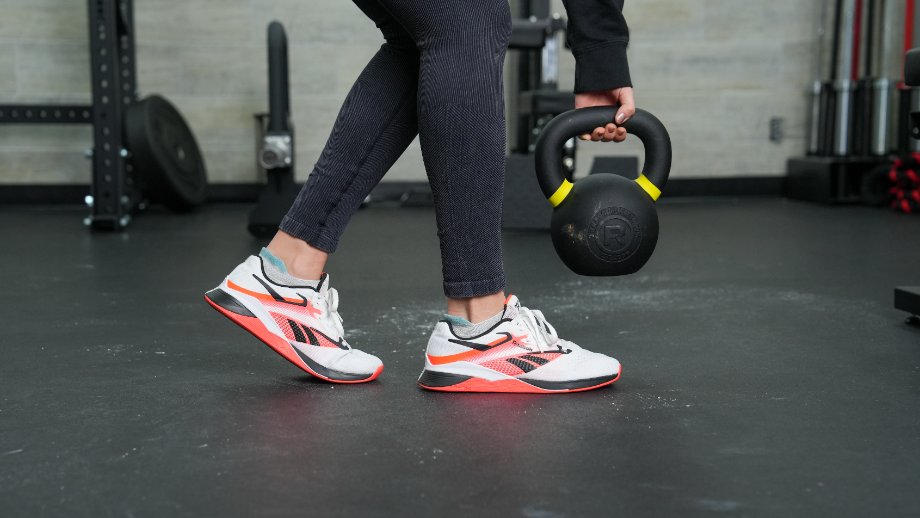
Here’s a quick and effective circuit workout for boosting your stamina:
| Exercise | Rounds | Duration |
| Dumbbell thruster | 3-5 | 30 sec. |
| Close-grip push-up | 3-5 | 30 sec. |
| Kettlebell swing | 3-5 | 30 sec. |
| Kettlebell gorilla row | 3-5 | 30 sec. |
| Squat jump | 3-5 | 30 sec. |
Note: Complete 3 to 5 rounds, with 60 seconds rest between rounds.
Expert tip: Bodyweight movements can be performed weighted if you’re up for the challenge!
What Is Endurance?
Endurance is your ability to sustain physical activity over a prolonged period. It’s more about maintaining a consistent effort without needing to rest. When you hear the word endurance, your mind may immediately go to cardiovascular endurance, referring to your body’s ability to deliver oxygen and nutrients to the exercising muscle(s) over long periods. But there’s also muscular endurance.
Muscular endurance exercises emphasize your ability to sustain contractions and exert force over time without fatiguing your working muscle groups. Improved muscular endurance enhances performance in endurance-based activities, contributes to overall functional strength, and reduces the risk of injury during repetitive movements.
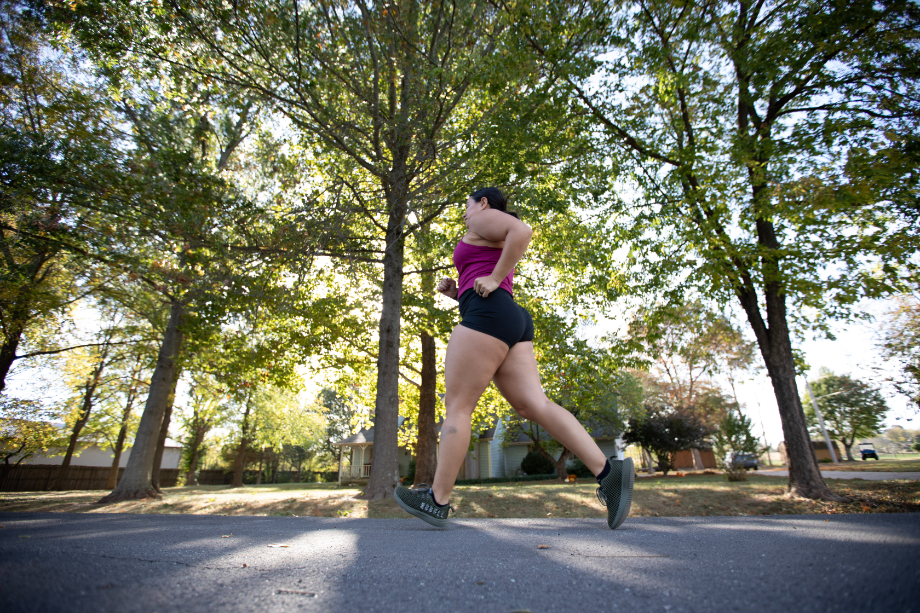
Your endurance levels rely on the aerobic energy system (low-intensity, long-duration endurance). This energy system is powered by oxygen and training adaptations are crucial in enhancing your body’s efficiency.
How To Build Endurance
When building endurance, the focus shifts to steady-state aerobic exercise, as endurance training focuses on activities that keep you moving steadily for longer. These activities involve running workouts, cycling, or swimming, where you maintain a consistent pace over an extended period. Alternatively, you can opt for longer-duration interval training with work-to-rest ratios ranging from 1:1 to 1:3, using the “rest periods” with sub-maximal movement. The key is to stay within the appropriate heart rate zones.
Typically, spending most of your workout time in Zone 2 (65%-75% of your maximum heart rate) yields the best results. A study published in the January 2019 issue of the International Journal of Exercise Science2 found that triathletes who spent more time training in Zone 2 experienced significantly more increases in their VO2 max. These workouts can enhance your aerobic capacity, enabling your body to perform more efficiently over time.
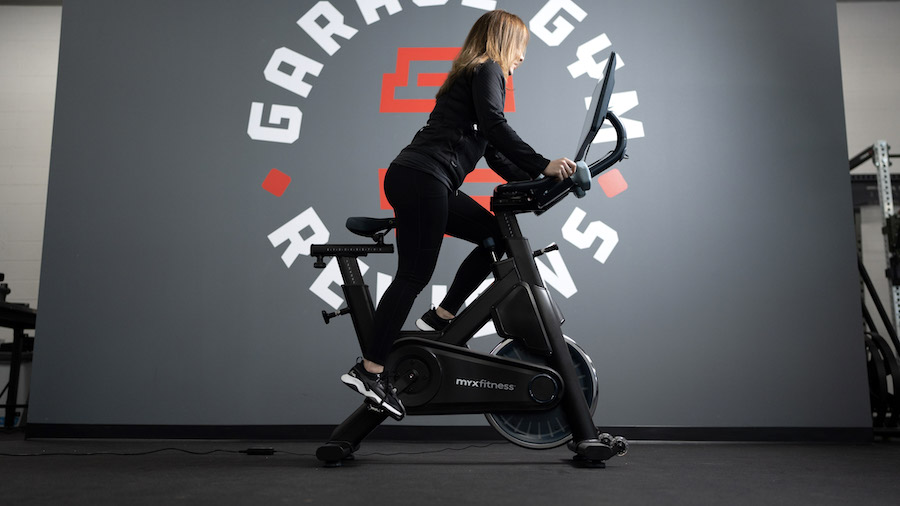
Here’s a simple-to-follow endurance workout for any fitness level. As always, start with the best warm-up exercises, and afterward, give yourself a few minutes for cool-down exercises to jump-start your recovery.
Example endurance workout:
- Running—Aim for a pace that allows you to hold a conversation comfortably, around 60-70% of your maximum capacity.
- Cycling—Choose a flat route or set your indoor bike to a moderate resistance level, maintaining a steady cadence.
Duration:
- Beginners—20-30 minutes
- Intermediate—30-45 minutes
- Advanced—45-60 minutes or longer
RELATED: HIIT Cardio Workout At Home
Stamina vs Endurance: Final Thoughts
Stamina vs endurance—this topic can often be confusing, leaving you wondering which is which. While they share some similarities and can overlap, understanding their differences is critical to crafting a fitness routine that works for you and gets you the results you want.
- Stamina refers to the ability to sustain high-intensity effort for a short period.
- Improving stamina involves exercises that push you to your limits in a short amount of time: sprinting, HIIT workouts, and interval training (with max intent).
- Endurance is the ability to sustain prolonged physical activity over longer periods of time. It’s more about maintaining a consistent effort without needing to stop.
- Endurance training focuses on activities that keep you moving steadily for a long duration.
- Research shows stamina-based sessions benefit endurance qualities such as VO2 max and fat oxidation.
- Both stamina and endurance are crucial for developing your cardiovascular system, promoting overall well-being, and improving physical fitness.
Stamina vs Endurance: FAQs
Can you have stamina without endurance?
Absolutely, you can have stamina without having endurance. Imagine a sprinter: they can explode with intense speed and power over a short distance, showing incredible stamina. However, if you asked them to keep up that intensity for a marathon, they’d most likely struggle. Stamina is all about those quick, powerful bursts of activity, while endurance is about continuing over a more extended period.
Do you need stamina or endurance for running?
When it comes to running, you need both stamina and endurance, but for different reasons. If you’re running sprints or engaging in high-intensity intervals, stamina is your best friend. It helps you push hard and fast for those short distances.
On the other hand, endurance is more important if you’re a marathon runner. It’s what keeps you moving mile after mile without tiring out. So, incorporating both types of training into your workout routine will make you a well-rounded runner.
RELATED: Marathon Training Plan
How do you build stamina and endurance?
Building good stamina and endurance require different approaches. You’ll want to engage in high-intensity workouts like HIIT to build stamina. These exercises push you to your limits in short bursts, helping you get used to intense physical exertion. Think of activities that feature short, powerful bursts of energy like sprinting, circuit training, or even certain types of strength training.
RELATED: Steady-State Cardio Vs HIIT
For endurance, the focus is more on steady-state cardio exercises, where you maintain a consistent pace over a longer duration. You can even opt for longer-duration interval training. The key here is staying within the suitable heart rate zones. Typically, Zone 2 (65%-75% of your max HR) is where you’ll want to hang out the most during your workouts. These workouts help improve aerobic activity, allowing your body to perform efficiently over time.
Does stamina increase endurance?
While stamina and endurance are closely related, improving one doesn’t automatically improve the other. Increasing your stamina by doing high-intensity exercises won’t necessarily help you run a marathon. However, a well-rounded training program with high-intensity (stamina-building) and steady-state (endurance-building) exercises can improve overall fitness. This balanced approach prepares you for short bursts of activity and prolonged physical effort.
Interestingly enough, a July 2021 study in the Journal of Sport Health Science3 concluded that high-intensity interval training (HIIT) induces similar or even superior adaptations compared to continuous endurance training. Six HIIT sessions over five days in a regularly performed training program elicited increased VO2 max and endurance capacity.
References
- Moghaddam, Masoud et al. “Similar Anaerobic and Aerobic Adaptations After 2 High-Intensity Interval Training Configurations: 10:5 s vs. 20:10 s Work-to-Rest Ratio.” Journal of strength and conditioning research vol. 35,6 (2021): 1685-1692. doi:10.1519/JSC.0000000000002939
- Neufeld, Eric V et al. “Heart Rate Acquisition and Threshold-Based Training Increases Oxygen Uptake at Metabolic Threshold in Triathletes: A Pilot Study.” International journal of exercise science vol. 12,2 144-154. 1 Jan. 2019
- Atakan, Muhammed M et al. “Six high-intensity interval training sessions over 5 days increases maximal oxygen uptake, endurance capacity, and sub-maximal exercise fat oxidation as much as 6 high-intensity interval training sessions over 2 weeks.” Journal of sport and health science vol. 10,4 (2021): 478-487. doi:10.1016/j.jshs.2020.06.008


